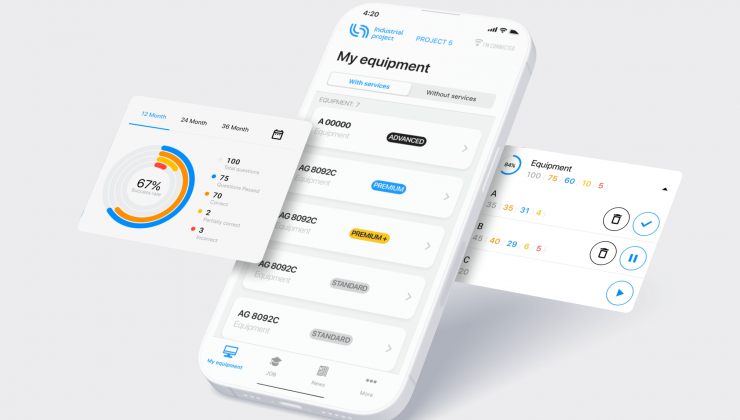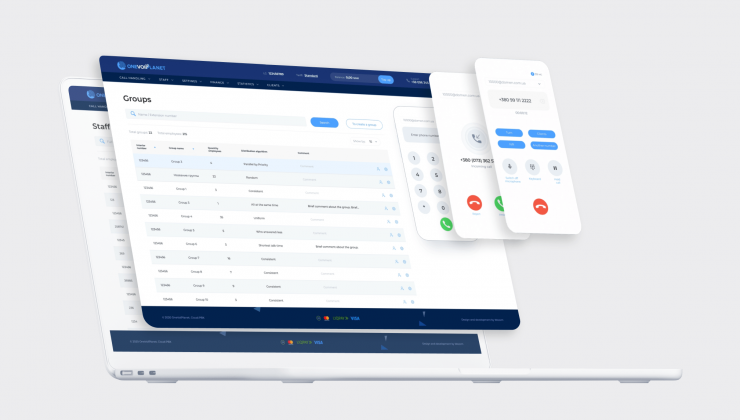As part of modern software development, software engineers often resort to integrating new applications with existing software systems to save their time and money of their clients. For this, they usually use APIs. This way, they get the opportunity to use ready-made developments without developing from scratch things that were previously successfully created and tested by third-party teams.
As for API, it, as you may know, defines the rules by which one autonomous software product interacts with other ones. Thus, through the API, client-server structures understand exactly what data needs to be used for effective interaction between these products and what data should be obtained as a result of this interaction. Below, we propose you understand which APIs are used for different purposes.
Remote Procedure Call (RPC): Invoking A Function on Another System
We decided to start our RPC vs REST vs GrapghQL vs SOAP review with an outdated API, which, however, is worth knowing about. So, Remote Procedure Call or RPC is an inter-process communication technology. It allows programs to call functions and procedures remotely as if they were present locally.
Previously, most often, services based on the RPC protocol were typical for Windows OS: they made it possible to create new tasks and services and also represented one of the main elements of Active Directory.
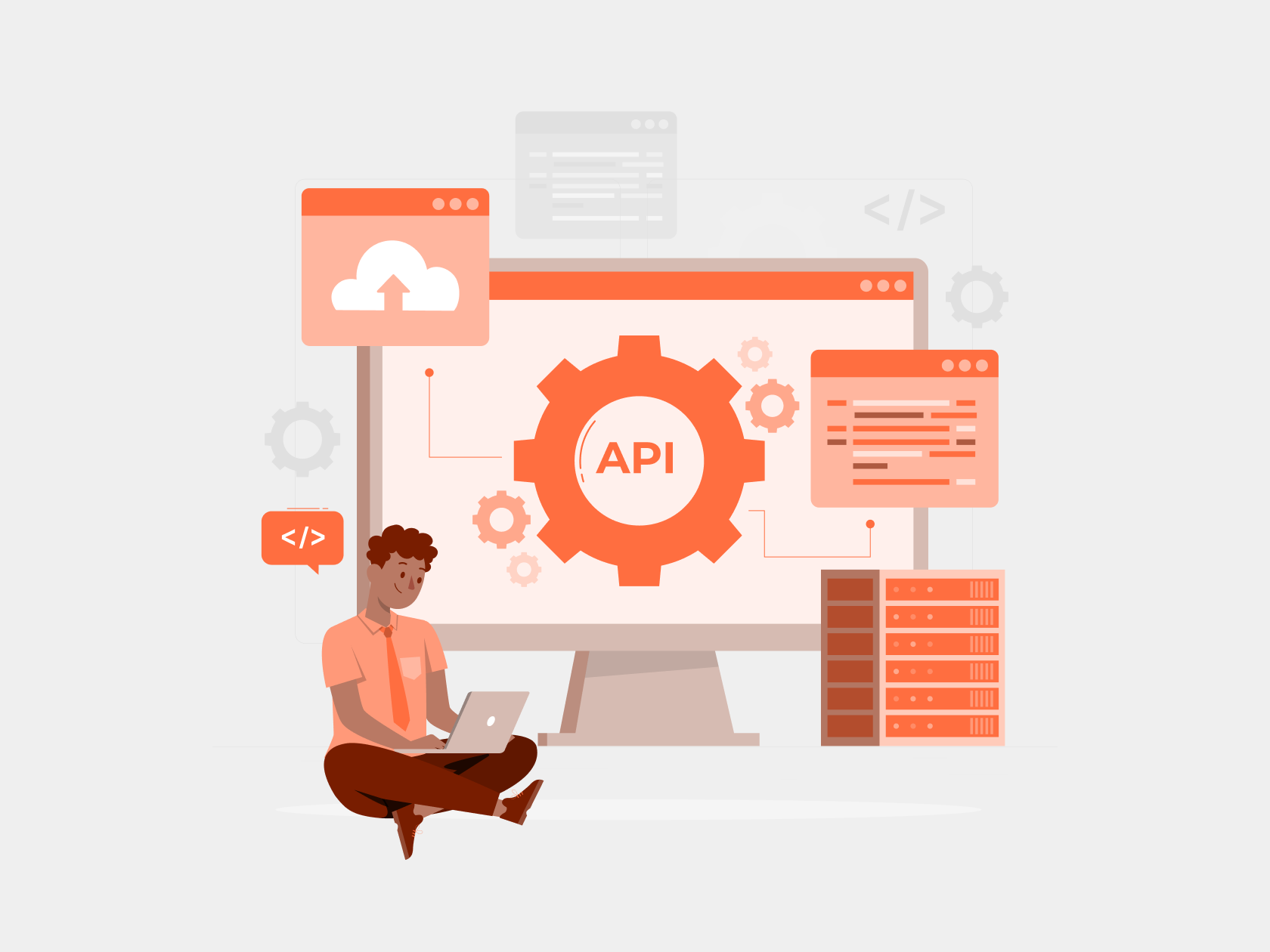
RPC pros and cons
The main advantage of the remote procedure call API is that the code implemented for this protocol looks and behaves like a local function call, even though it is usually executed remotely. However, from a performance perspective, this may not be the most efficient type of data serialization.
Moreover, due to the fact that RPC was previously used in almost all processes in Windows, this type of API has become a subject of particular interest to hackers around the world. That is why, due to problems with speed and the presence in a large number of popular and dangerous attacks, modern developers usually do not use RPC, preferring in the remote procedure call vs REST couple the second option (we will describe this architectural style below).
Simple Objects Access Protocol (SOAP): Making Data Available as Services
Simple Object Access Protocol (SOAP) is a simplified protocol for exchanging information in a distributed environment without centralized control. SOAP uses WSDL (Web Services Description Language) to describe web services and access them based on the XML language.
SOAP pros and cons
Let's take a quick look at the advantages and disadvantages of SOAP.
The benefit of this protocol is standardization, which makes it an ideal choice for implementing data exchange procedures between different systems. It is also quite reliable, as it supports a number of security standards and XML encryption.
As for the disadvantages, developers note the complexity of its implementation, the high consumption of resources for sending messages, as well as associated risks of performance problems.
Representational State Transfer (REST): Making Data Available as Resources
Representational State Transfer (REST) is another popular architectural style for creating APIs, introduced in 2000. In the REST API vs RPC API comparison, developers always prefer the first option as it is simpler and safer.
REST APIs are based on resources, each of which is identified by a unique URI (Uniform Resource Identifier) and accessible using standard HTTP methods. Also, they were designed specifically for multi-layer systems, allowing developers to quickly and efficiently add new layers between client and server without having to rebuild the entire structure.
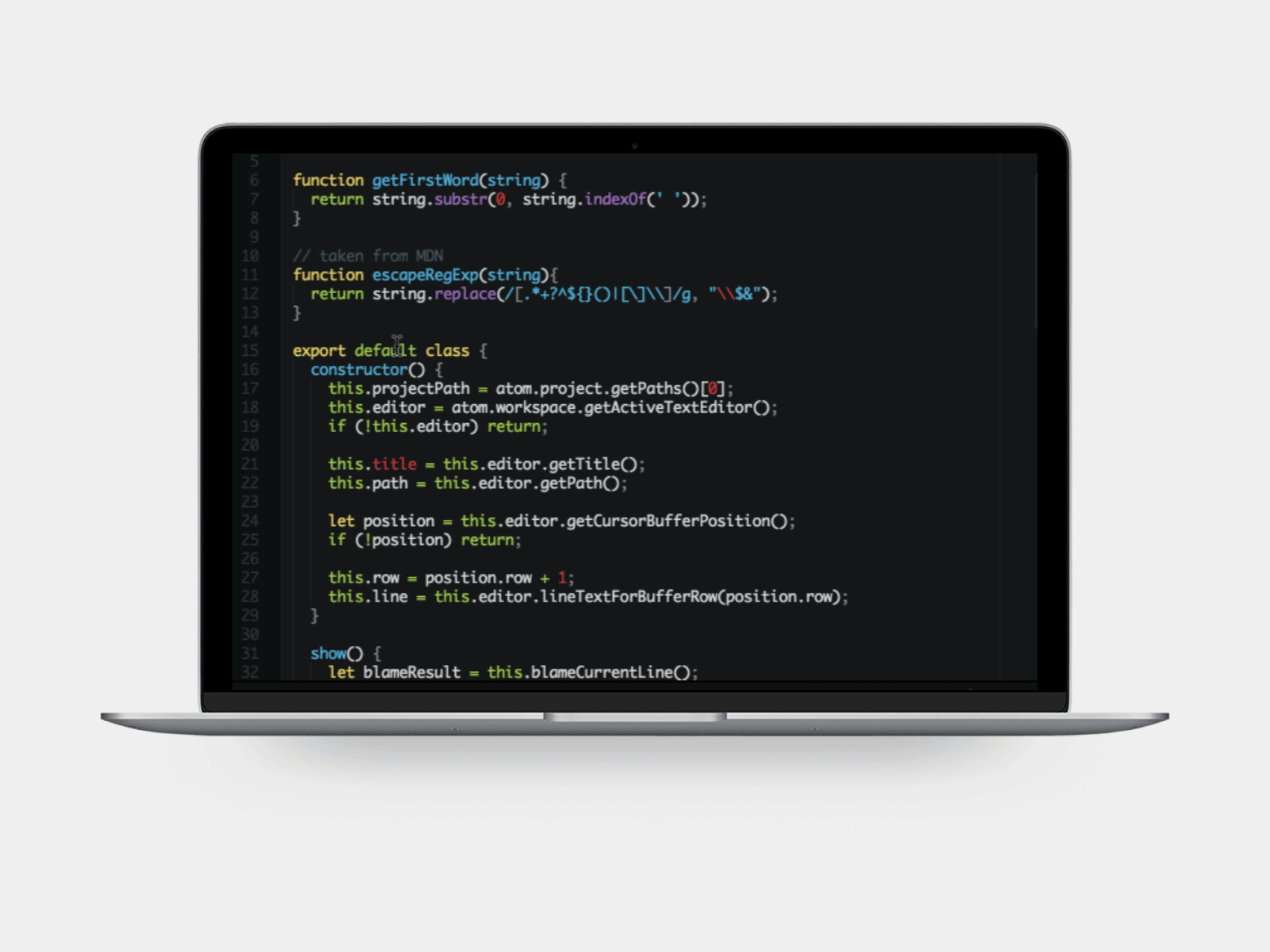
REST advantages
Most developers claim that REST-based APIs are simple – all thanks to a single interface and a standardized set of methods and response formats. Also, due to the absence of session data persistence and caching options, they are scalable and, thus, suit greatly large projects with sophisticated architectures. And finally, they are flexible enough to be supported by both mobile and web apps.
REST disadvantages
Along with the above advantages, we can also note some disadvantages typical to the REST API. For example, they often turn out to be incompatible with third-party solutions, and developers have to do a lot of additional work to ensure this compatibility. They are also designed to handle simple requests and responses and are not suitable for complex data transfer scenarios. Finally, they have some vulnerabilities that make them a favorite place for XSS and CSRF attacks.
REST use cases
In general, REST APIs are quite often used in the development of scalable web and mobile applications, as well as microservices architectures and Internet of Things systems. Also, due to the simplicity of REST, this architectural style is often used by software engineers in ready-made solutions, the list of upcoming integrations for which is clearly defined.
As for our personal experience in using REST, we invite you to pay attention to case below, which describes the implementation of a global solution for an industrial giant – a single platform to work with distributors and digitize all sales processes through a CRM system.
GraphQL: Querying Just The Needed Data
GraphQL is a strongly typed programming language for API queries that was created by Facebook in 2012. GraphQL gives developers a more flexible, efficient, and convenient way to interact with APIs, which makes it a popular choice for many modern applications and services. Specifically, with GraphQL, you can get data from an API and pass it to the application (from server to client).
Note that GraphQL uses its own query language, which allows developers to define the desired data type in the queries, improving the performance of applications that use them. On top of that, GraphQL APIs are declarative and define the end goal of the request rather than how to achieve it, which also reduces the variation in valid data types.
GraphQL advantages
So, what's so great about GraphQL? Let's find out right now.
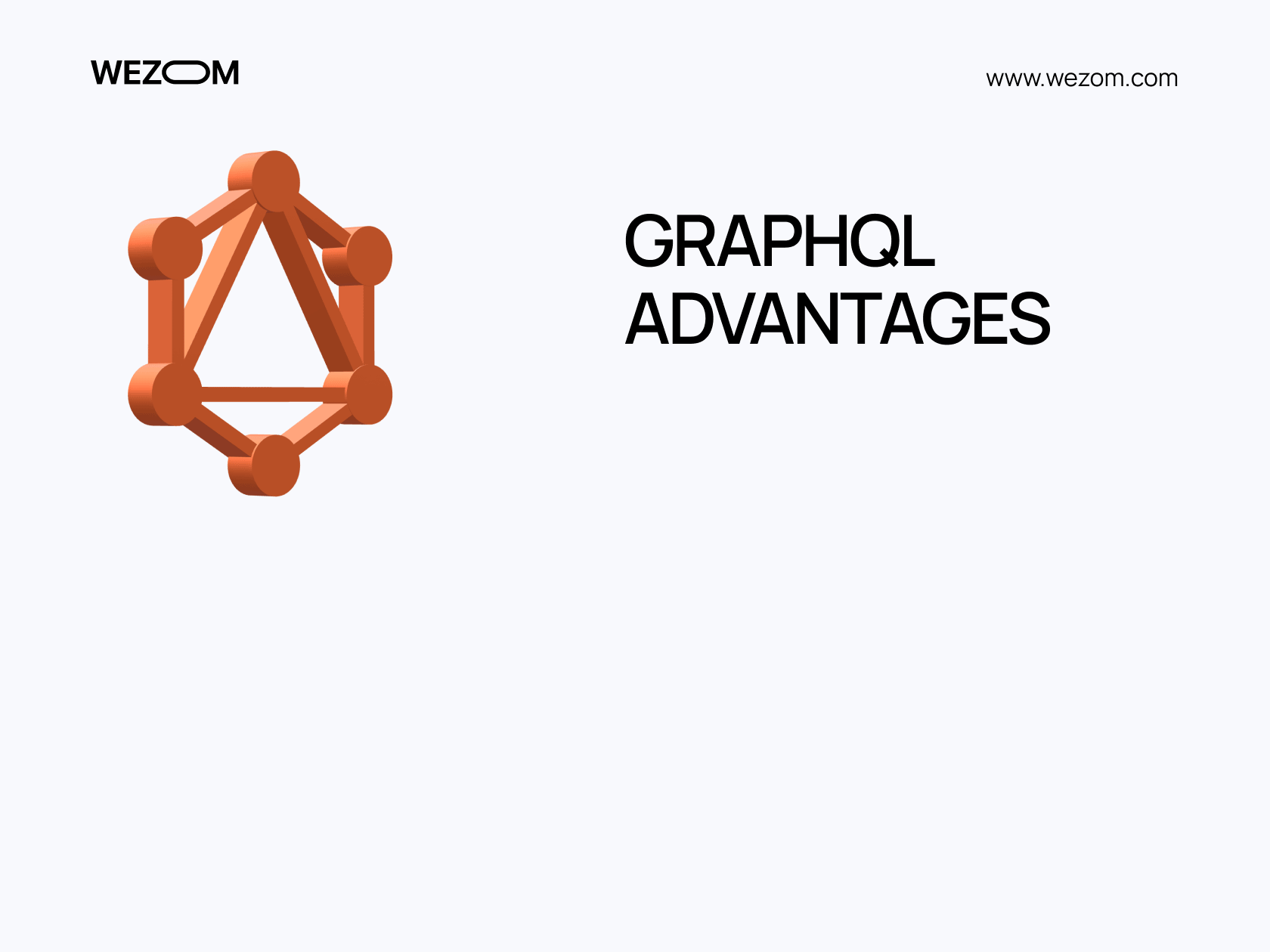
First and foremost, GraphQL is about flexibility: clients can query only the data they need. Specifically, unlike REST, for example, where each endpoint has a fixed response structure, in GraphQL, they can specify which fields they are interested in and receive only that data.
Also, as you already understood, GraphQL reduces the number of requests by allowing you to combine several requests into one, thereby minimizing the load on the server. Moreover, GraphQL allows you to delegate data transfer to the client side, which can significantly reduce redundant or unnecessary data, positively affecting bandwidth usage and speeding up page loading times.
In terms of simplicity and ease of use, the GraphQL API comes with introspection, which means that clients can explore the API structure and its capabilities without having to resort to external documentation; it also supports updates (meaning all updates that occur on the server are automatically transferred to the client part).
GraphQL mitigates the problems associated with API versioning because clients can choose which fields to use and update queries as needed without changing the API version.
When it comes to debugging, GraphQL provides rich query debugging tools, including the ones for query analysis and error detection. And, in general, we can say that GraphQL provides many client libraries and tools, which simplifies integration with client applications.
GraphQL disadvantages
GraphQL is not without its drawbacks: in some cases, GraphQL APIs can be quite complex to configure compared to REST ones. The same statement can be applied to the caching procedure as well.
GraphQL use cases
In general, GraphQL is often used when working on projects that require high-speed and flexible data extraction procedures, especially when the requirements for this data are quite complex, and its variability can be a serious problem for the performance of the projects themselves.
If you would like to know more about case studies where we used GraphQL, please, check the following:
Which API Pattern Fits Your Use Case Best?
So, what option should you choose in the GraphQL vs RPC vs REST vs SOAP comparison? Let’s refer to our team’s experience.
Based on the above features of these four protocols, our team settled on GraphQL as a flexible and efficient solution. In particular, we use GraphQL as the basis of all types of projects (mobile, web) that we build from scratch (especially those that have complex requirements for data handling).
Also, in some projects, we use REST – this is relevant when working with ready-made solutions for which we create updates, as well as highly scalable solutions (for example, based on microservices and/or IoT).
As for the rest two – SOAP and RPC – we don’t use them in our practice since they are no longer resource-efficient and, in many cases, irrational from a security point of view.
Therefore, in the battle of RPC vs REST vs SOAP vs GraphQL, we narrow our choice between GraphQL and REST only.
Final Thoughts
We hope that we have helped you understand the main differences between RPC API vs SOAP API vs Graph API vs REST API, and now you can make the best choice for your API security. If you are looking for experts who will implement the most effective network structure that suits your technological tasks, feel free to contact us. We are good at creating software solutions of any size and complexity and provide our clients with the most advanced technologies without compromising their budgets.

